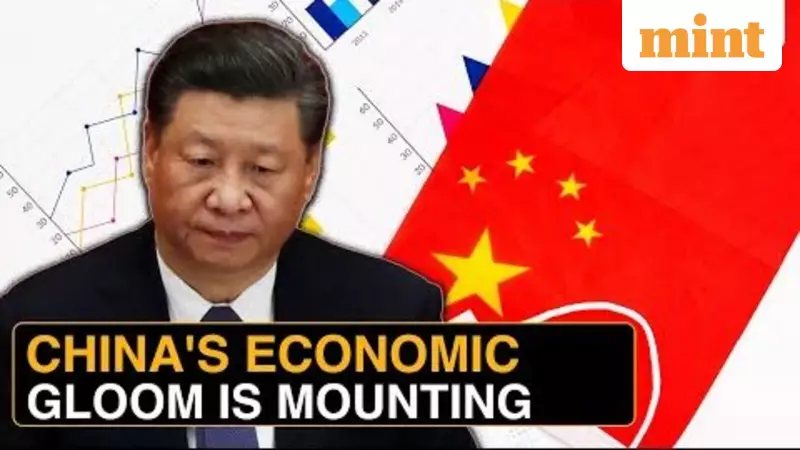
China is currently experiencing its most prolonged period of consumer spending weakness since the COVID-19 pandemic began, marking a significant challenge for the world's second-largest economy. The latest economic data reveals a concerning trend that has persisted for several months, raising questions about China's economic recovery trajectory and its implications for global markets.
Retail Sales Growth Continues Downward Trend
The most recent official statistics show that China's retail sales growth has slowed for the third consecutive month, extending what has become the longest consumer spending slump since the pandemic era. This persistent weakness in consumer demand comes despite various government measures aimed at stimulating economic activity and boosting domestic consumption.
Economic indicators from the past quarter paint a worrying picture of China's consumption patterns. While the country had shown signs of robust recovery immediately following the lifting of COVID-19 restrictions, the momentum has gradually faded throughout 2023. The current slowdown reflects deeper structural issues within the Chinese economy, including persistent youth unemployment, ongoing property market troubles, and weakening consumer confidence.
Multiple Factors Driving the Consumption Slump
Several interconnected factors are contributing to this extended period of consumer weakness. The property sector crisis has had a significant ripple effect on consumer behavior, as real estate has traditionally been a major store of wealth for Chinese households. With property values declining and several major developers facing financial difficulties, many consumers have become more cautious about spending.
Another critical factor is the youth unemployment situation, which reached record levels earlier this year. Although the government has since changed its methodology for calculating youth joblessness, the underlying employment challenges remain substantial. Young consumers, typically among the most active spenders, have reined in their expenditures amid uncertain job prospects.
Consumer confidence has also been affected by broader economic uncertainties, both domestic and global. The lingering effects of pandemic-era disruptions, combined with geopolitical tensions and slowing global demand for Chinese exports, have created an environment where households are prioritizing savings over discretionary spending.
Government Response and Economic Implications
Chinese authorities have implemented various measures to counter the consumption slowdown, including targeted fiscal support and monetary policy adjustments. However, these efforts have yet to produce a sustained turnaround in consumer spending patterns. The persistence of this weakness suggests that more comprehensive structural reforms may be necessary to address the underlying issues.
The extended consumer slowdown has significant implications not only for China's domestic economy but also for global markets. As a major driver of global demand for commodities, manufactured goods, and luxury items, weakening Chinese consumption could affect economies worldwide. Countries that rely heavily on exports to China, particularly in Asia and commodity-producing nations, are closely monitoring the situation.
Economic analysts are watching whether this extended period of consumer weakness represents a temporary phase in China's post-pandemic adjustment or signals a more fundamental shift in the country's growth model. The outcome will have profound consequences for global economic dynamics and international trade patterns in the coming years.
As China navigates this challenging economic landscape, policymakers face the difficult task of balancing short-term stimulus measures with longer-term structural reforms. The resolution of this consumption slump will be crucial not only for China's economic stability but also for maintaining global economic momentum in an increasingly interconnected world.





